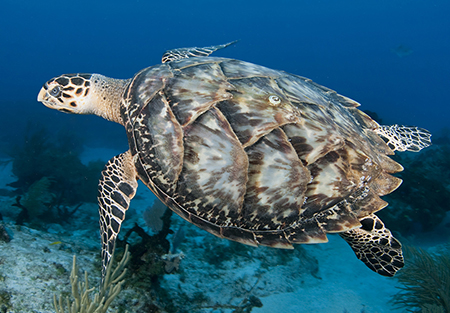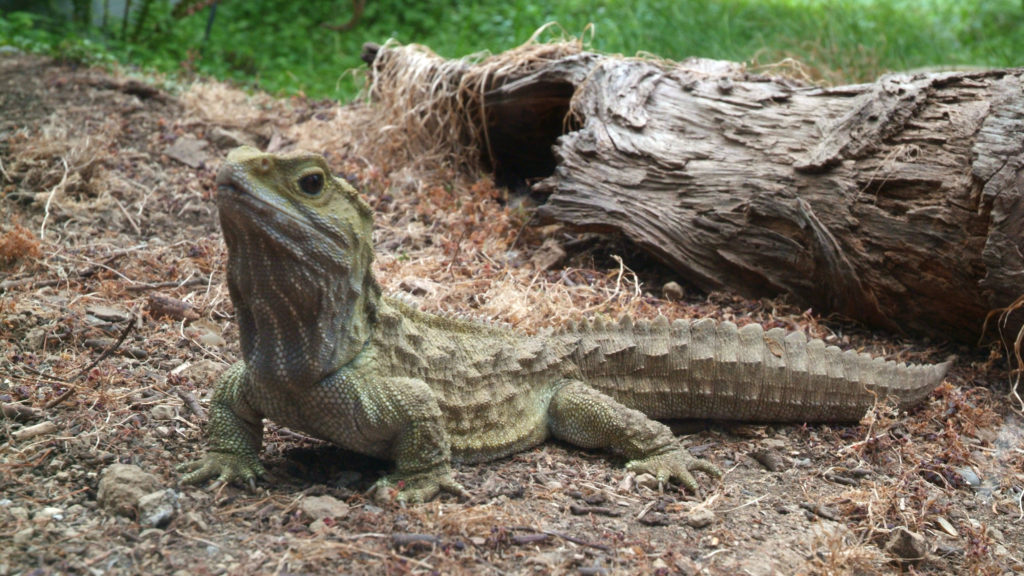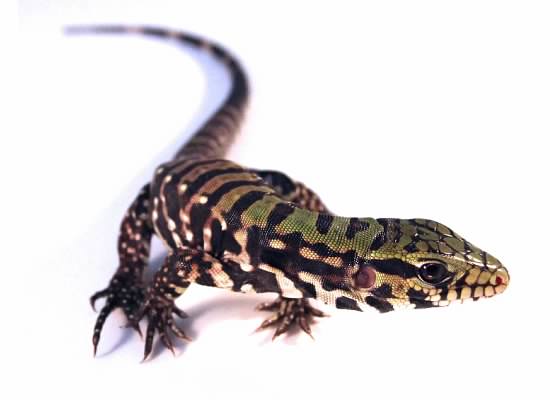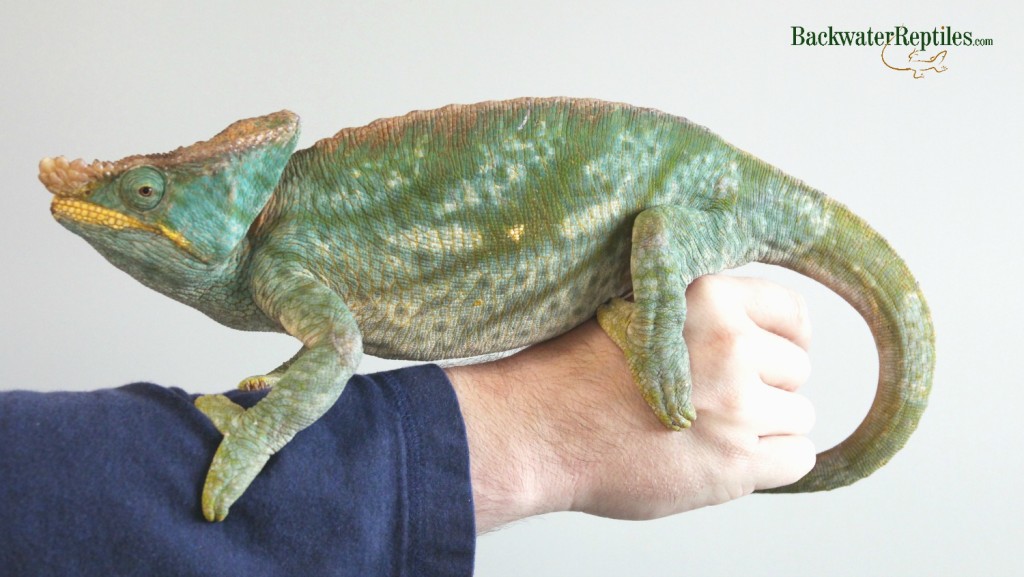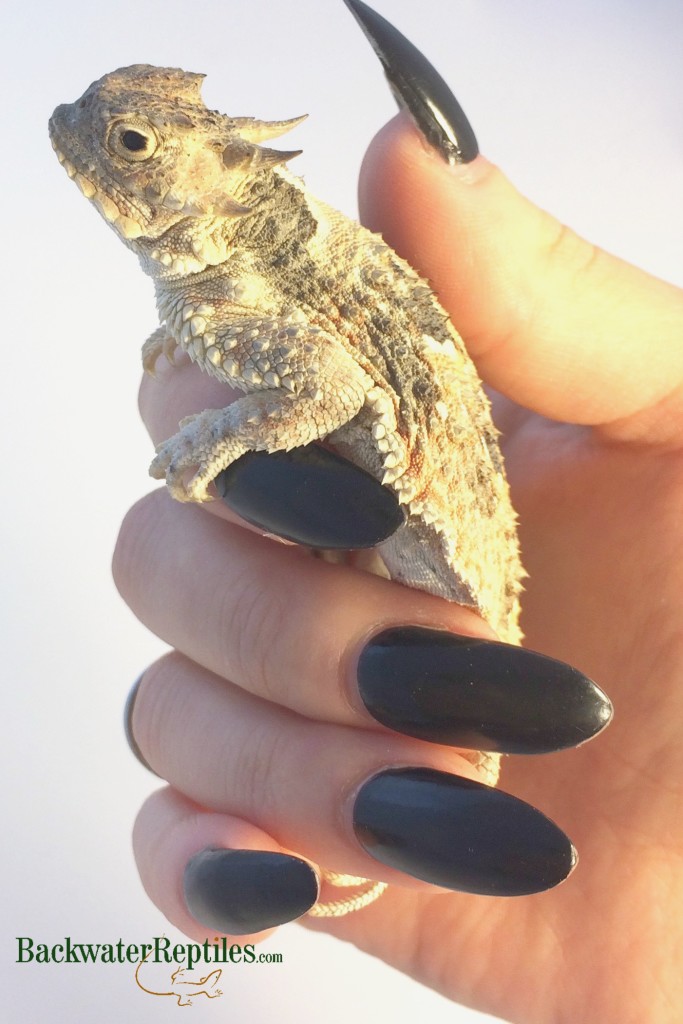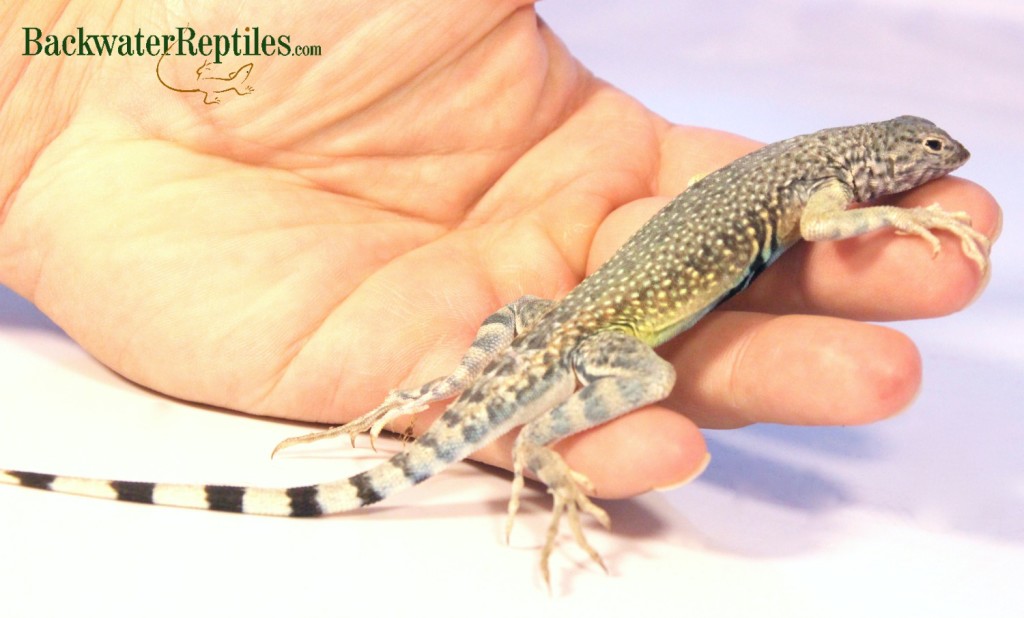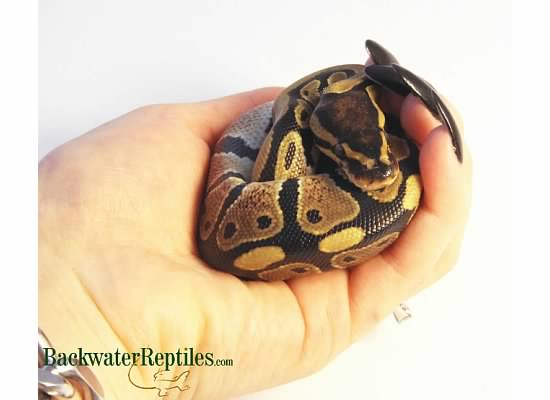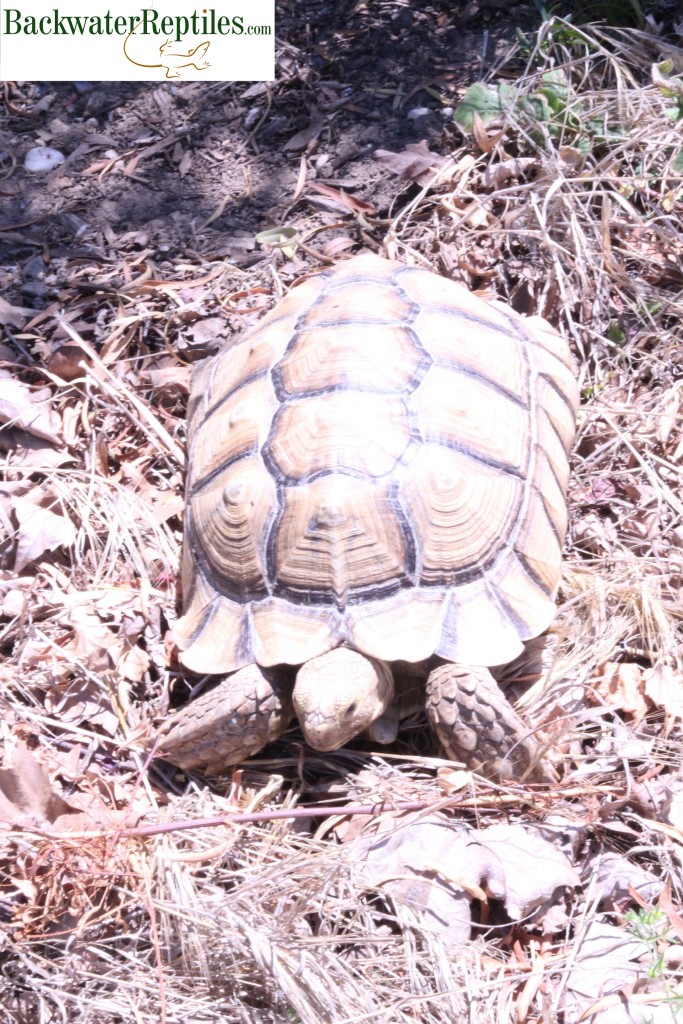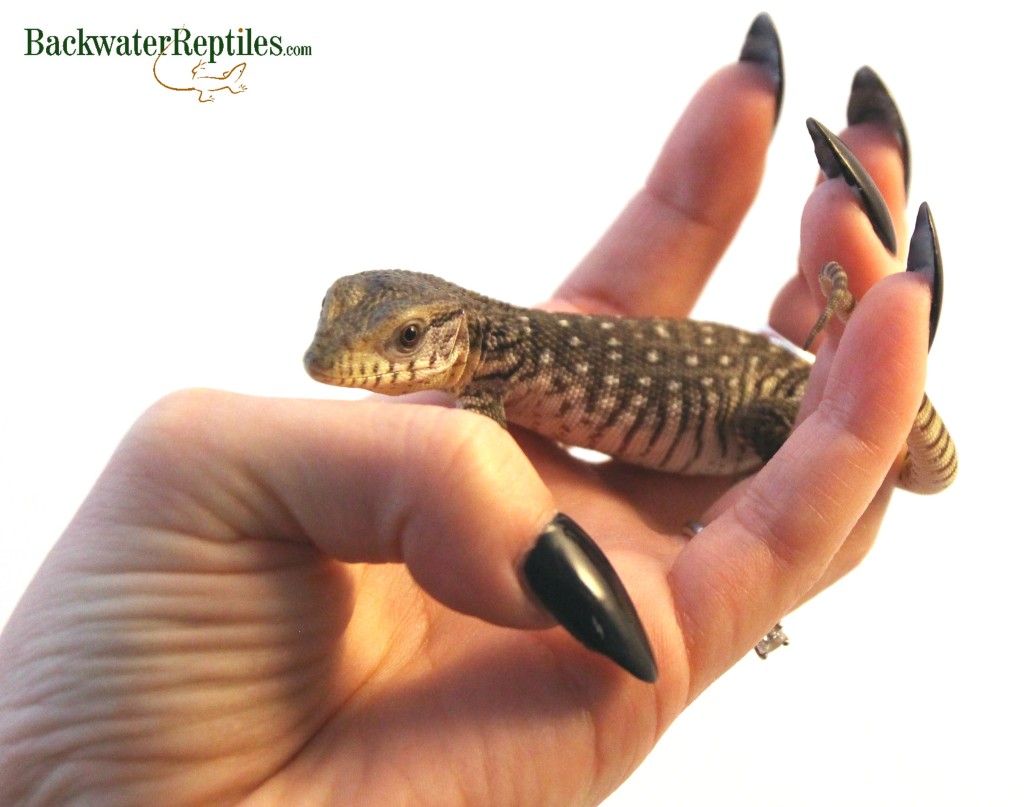Are reptiles domestic animals?
Anyone who reads the Backwater Reptiles blog is more than likely a reptile owner or at least curious about getting a pet reptile. But did you know that even though there are tons of species of reptiles sold to hobbyists that these animals are not domesticated?
Many are not even technically tame. They are still exotic pets even if certain species are commonly sold at large, chain pet stores.
Time and time again we get emails from Backwater Reptiles customers or even just reptile owners who ask us how to make their snake, lizard, or turtle calmer or more accepting of human interaction.
But in truth, pet reptiles have not been around long enough to be tame and domesticated in the same manner that cats, dogs, and even rodents are.
In this blog article, we’ll touch upon topics ranging from why some reptiles just don’t like being held to how to work on taming your own pet.
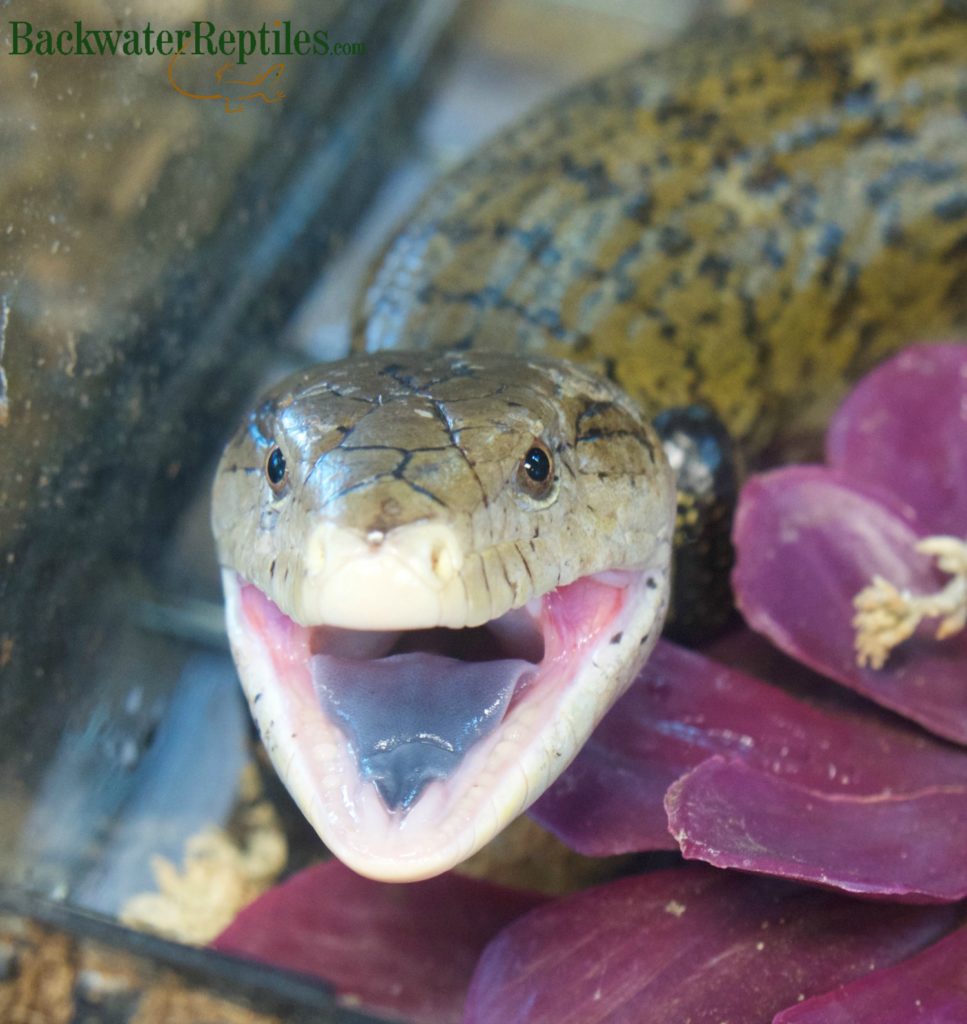
What constitutes a domestic animal?
Through monitored reproduction and selection for specific traits, humans have created animals that are so different from their wild ancestors that they are not usually suited to live without the assistance and help of humans. Domestic animals usually have specific purposes such as being cultivated for food, raised for companionship, or even to work alongside of people as helping hands.
We’re all familiar with dogs and cats. Clearly, these animals are intended to be companion animals or pets to people. Everything from their size to their personalities indicates that they are meant to live side by side with humans, usually in such a personal manner that they even share our beds.
Dogs and cats are just one example of a species that has been bred through generations in order to coexist with people symbiotically. Both humans and the domestic animal benefit from this relationship. In the case of dogs and cats, the benefit to people is usually just camaraderie and company, however sometimes specific dog species are bred to work on farms, to serve as service animals, or even to protect people. While the benefit we get from pets is pretty clear cut, the animal also benefits by being given food, a home, and protection from the elements.

So, because reptiles haven’t been kept by people long enough to be bred for generations to retain specific traits that make them anything other than more colorful than usual, we can’t truly classify them as domestic.
However, that doesn’t mean that individual pet reptiles don’t get along well with their human owners. Many become tame and can behave like a dog or cat. If you continue reading, you can find out the difference between what makes an animal tame and what makes it domestic.
“Tame” versus “domestic”
We’ve already covered the definition of a domestic animal and explained why reptiles simply don’t fall into this category at this point in time. But you might be wondering about the tegus, iguanas, and bearded dragons who come running up to greet their family members just like your average dog. Why aren’t these pet reptiles considered domesticated?
The answer is simple really. Although individual pet reptiles can certainly grow fond of and acclimated to people, they have not been bred in captivity for many generations and altered from their wild state in order to suit the needs of people. A lizard, snake, turtle, or tortoise that enjoys human companionship has become tame and docile rather than domesticated.
A good way to look at the difference between tame and domestic is to again draw from a source that we are familiar with – the pet dog. The wild ancestor of the dog is the wolf. Dogs are descendants of wolves that have been selectively bred through many generations by people to express very specific traits that we desire. With the exception of a few species, dogs no longer resemble the wolf in either disposition or appearance. On the other hand, if you capture a wild chameleon, iguana, or alligator lizard, it will look much the same as a captive bred specimen. There will be little to no physical difference other than specific examples where certain species have been bred a few generations to exhibit definitive color morphs.
Captive breeding of reptiles
We’ve already mentioned that certain species of reptiles are captive bred in order to display different morphs. A few common examples are corn snakes, leopard geckos, and bearded dragons. All of these reptiles are available through breeders in a multitude of unique and special morphs that change their color but no other physical attributes.
This is different from the selective breeding of a domesticated animal because usually these morphs only have to go through two or three generations in order to achieve the genetic makeup that causes their coloration to be different from their “normal” brethren. Furthermore, other traits such as docility, work ethic, companionability, etcetera are generally unchanged. We selectively breed these reptiles just to aesthetically please us.
Which species of reptile are the closest to tame and domesticated?
We would like to point out that there are many species of reptiles that tend to be more docile. This can be because the species is more laid back in general or it can be because the parents were captive bred.
If you wish to have a pet reptile that you can hold, pick up, and train to eat from your hand, we do have a few recommendations.
Leopard Gecko (Eublepharis macularius) – Leopard geckos are very commonly sold at pet stores as well as specialty breeders. They are available in a seemingly endless number of morphs including a “jumbo” size. They are very docile as a species and are overall pretty healthy because nearly all of them are captive bred.
Corn Snake (Elaphe g. guttata) – Like leopard geckos, corn snakes are commonly available at large pet stores. You can get many morphs that result in colors ranging from lavender to bright red.
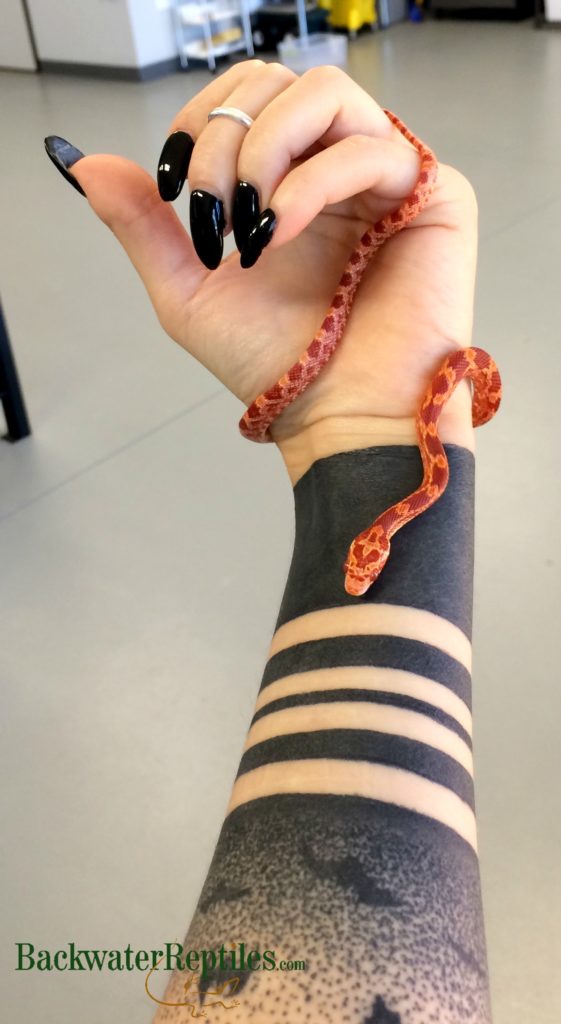
Bearded Dragon (Pogona vitticeps) – Beardies love being held! They love to sit on your shoulder, lap, or near your warm laptop computer. They are very hardy lizards and feeding time is always fun.
Argentine Black and White Tegu (Tupinambis merianae) – Although they can be a tiny bit skittish as hatchlings, tegus will generally warm up to their owner and become very tame. When mature, they reach large sizes and can be trained to behave much like a pet dog.
Savannah Monitor (Varanus exanthematicus) – Keep in mind that although Savannahs are very cute when young, they eat voraciously and grow to large sizes very quickly. Be prepared to provide a very large enclosure and lots of attention as these lizards truly enjoy going for walks outside with their owner and being given plenty of attention in the form of baths, petting, and other interactions.
My reptile doesn’t like being held. How can I train or teach it to be more docile?
First off, we’d like to say that not all reptiles can be tamed. This is particularly true of the species that already have ornery dispositions and double true of species that have been captured from the wild and not bred in captivity. Again, reptiles are not tame or domestic animals so there is never a guarantee that your pet will like being held or handled.
Patience is key when it comes to teaching your reptile good manners. You will need to devote time to taking him or her out of the enclosure and socializing with people. Be warned – you’ll likely experience some aggression if you’re working with an animal with a poor disposition and snakes tend to be particularly prone to nipping their owners when first being removed from the cage. Our best advice is to wear gloves if your reptile has sharp teeth or you are afraid of being injured.
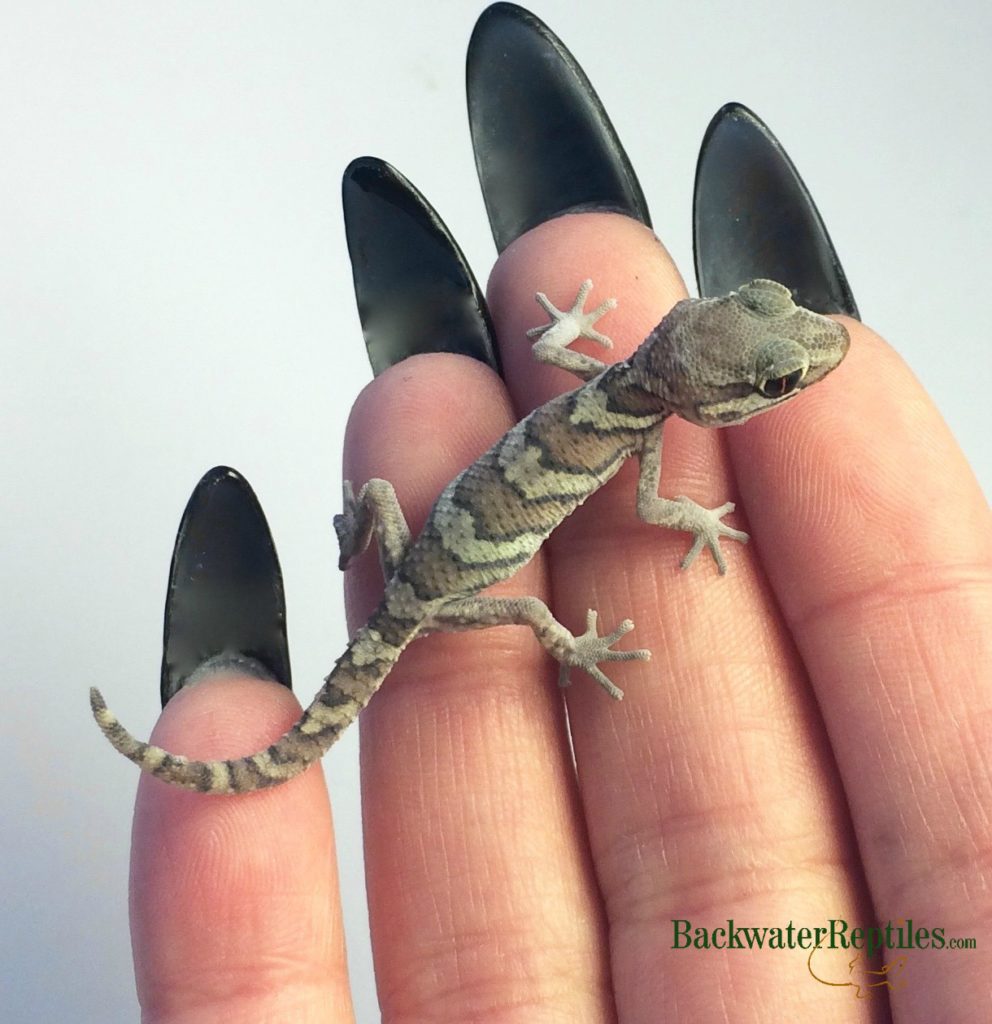
Don’t be deterred if it takes time for your reptile to become accustomed to you. In addition to patience, you’ll need to be calm, collected and ready to confront your pet’s mood swings with compassion and understanding.
A very useful trick to use when acclimating your reptile to people is to associate the cage opening with feeding time. Most reptiles love to eat and if you teach your pet that treats come when the cage opens, they will receive positive reinforcement and become used to being picked up. Just be sure that you avoid getting your fingers in the pathway of your reptile’s mouth!
If you want more specific tips and tricks on picking up your pet lizard or picking up your pet snake, we wrote blog articles about both topics.
Which species should I avoid if I want a pet reptile that behaves like a cat or dog?
Snakes can be somewhat jumpy or nervous when you remove them from their cage. Sometimes it’s because they’re being woken up from sleeping and sometimes it’s just because you accidentally took them by surprise. However, there are certain species that are actually known for their aggressive nature such as anacondas and a few species of pythons.
Many small lizard species also don’t like interacting with people on a regular basis. Smaller lizards tend to be flightier because they have more natural predators in the wild. They will view you as a predator and most likely try to hide or become aggressive. Many of them are too small to inflict pain or draw blood if they attempt to bite, but it’s best to avoid causing any unnecessary stress to your pet if it’s not necessary.
Here’s a short list of lizards that make rewarding “look not touch” pets:
Anoles – These little lizards are known for being great beginner lizards. They are inexpensive, pretty, and overall healthy little critters. However, they usually don’t like being held and would much rather hide from you than play with you.
Tokay Gecko (Gekko gecko) – While very colorful and striking at maturity, Tokays are actually known for being particularly grumpy. They can pack a pretty mean bite when they feel threatened and they don’t particularly enjoy the company of people either as babies or adults.
Ameivas – Although ameivas are bright and colorful lizards, they are extremely fast and pretty agile. Most of the time, they will bolt and try to hide if you attempt to pick one up. They thrive in captivity but we do recommend that you give them space and don’t try to interact with them on a frequent basis.
Conclusion
Ultimately, reptiles of all species are NOT domestic animals. Many are not even tame. When you adopt a pet reptile, you should understand that these creatures still have their wild survival instincts in tact. They will do anything to survive ranging from dropping their tail, biting, snapping, and hissing at you, and even defecating and/or urinating on you!

Not all reptiles have bad manners though and many can be worked with to develop good habits. If you are willing to put forth the effort to tame your reptile, you’ll find that they can make quite entertaining and rewarding pets.



